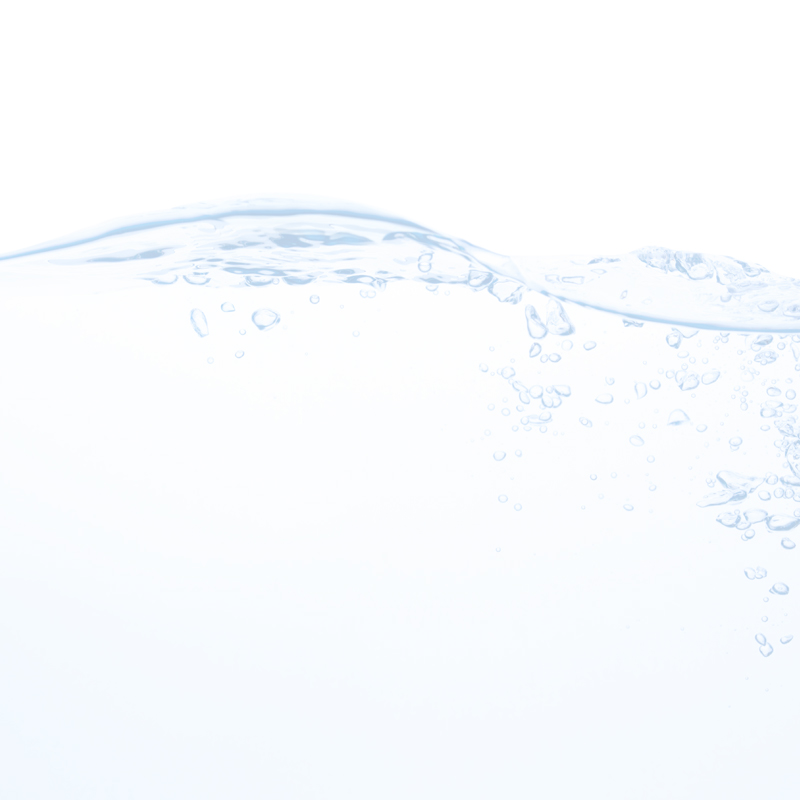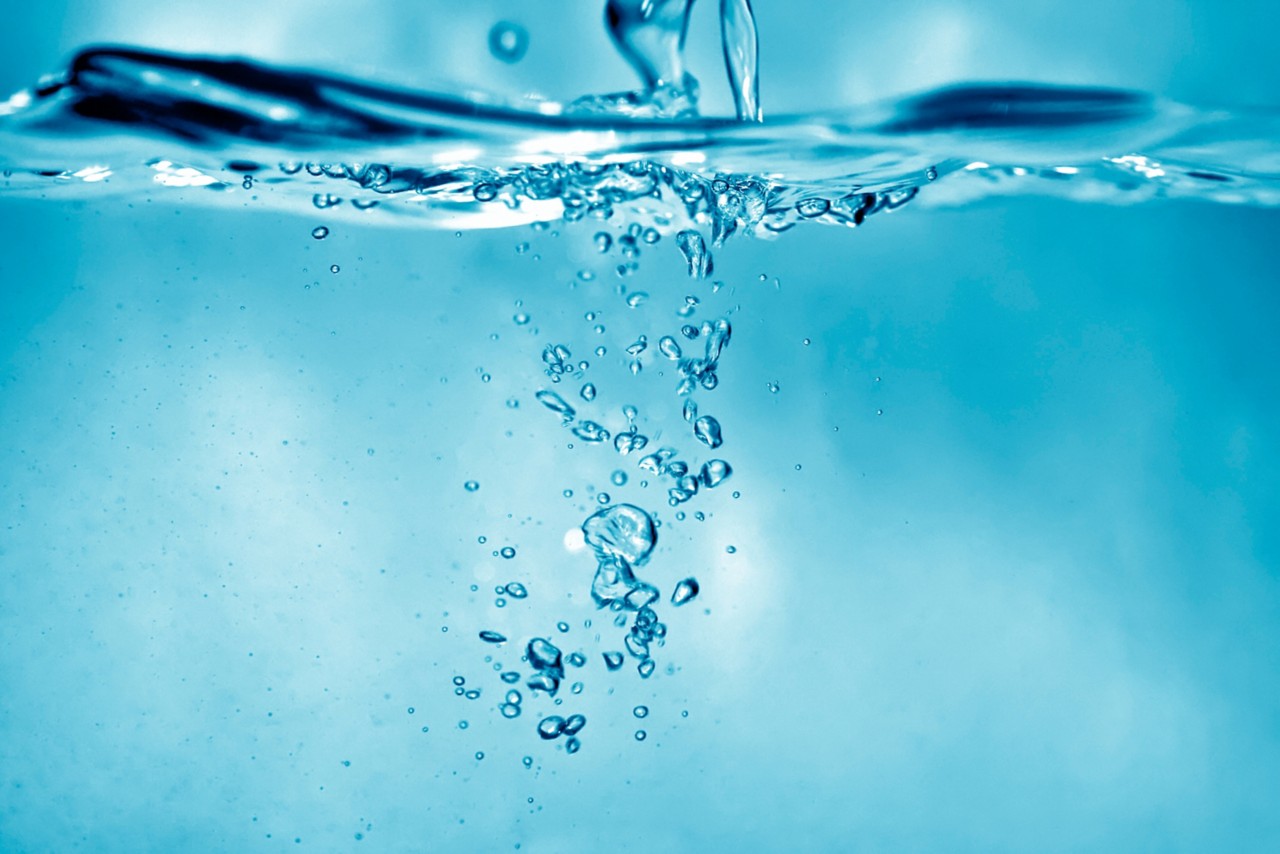Stop Wasting Water and Money. FIND A LOCAL PRO
A Closer Look At Chloramine.
It’s been used as an alternative to chlorine for water treatment and disinfection for almost a century. Over 20% of America’s water utilities use it to reduce the number of byproducts created when disinfecting water as compared to chlorine. Yet probably any homeowner you ask about it is still likely to confuse chloramine with chlorine. If they have heard of it at all.
So let’s clear the air. Chloramine class is in session. (Besides, we have a separate education page dedicated solely to chlorine, so let’s give Chloramine some love here and now.)
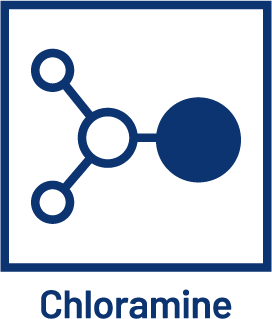
First things first. What, exactly, is chloramine?
Chloramine is a disinfectant that consists of five parts chlorine and one part ammonia. So, in a sense, it’s kind of “chlorine plus.” Technically, there are three common types of chloramine: monochloramine (NH2Cl), dichloramine (NHCl2), and trichloramine (NCl3). Because these forms fluctuate and shift form in the water supply, the three are collectively referred to as chloramines.
Regardless of which form they take, chloramines are disinfectants which can affect your water’s taste and quality, and so in many cases it makes sense to filter your drinking water to reduce the chloramine content.
How Does Chloramine Get in Our Water?
Chloramine is added to your water supply by the local water municipalities for the treatment of your water at the disinfection site or plant. But there two big chloramine catches: The first, is not all water utilities use chloramine. Agencies make the decision on a case-by-case basis.
When chloramine is added, it is less likely than chlorine to dissipate; so it stays in the water system longer, meaning it stays in your water supply at moderate levels when the water reaches the pipes in your home.
Pro Tip: To determine if your water contains chloramines, you should contact your local water municipality directly or check the yearly water quality report released by the utility.
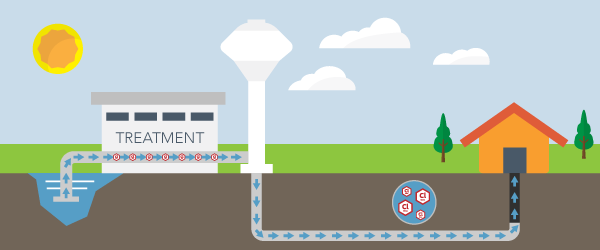
How Effective is Chloramine?
Enter the second chloramine catch. Though it is less likely to dissipate from a water supply than chlorine, chloramine could be less effective than chlorine as a disinfectant. In fact, a water quality seminar hosted by the World Health Organization noted that chloramines are more than 2,000 times less effective than chlorine for the inactivation of rotaviruses and E. Coli.
Does Chloramine Have a Distinct Odor and Taste?
Yes, and yes. Because chloramines are all composed of chlorine, they exhibit that distinct chemical odor and taste that many choose to filter from their water supply. If you notice that signature smell when showering or taste what you assume to be chlorine when drinking your tap water, it could be chloramine fumes. Neither experience will leave you appreciating the solution’s staying power.
Health Effects of Chloramine
To understand chloramines’ effects on one’s well-being, it’s important to first restate that quick fluctuation fact we mentioned earlier. The three forms of chloramine can shift into one another based on environmental factors. For instance, while monochloramine may be introduced into the water supply initially, it can become dichloramine or trichloramine based on the temperature, pH, and the chlorine-to-ammonia ratio.
So what are the health effects of any given chloramine form?
According to the National Health Service (NHS) of Scotland, monochloramine has little demonstrated irritating effects. Whereas dichloramine can cause complaints at low concentrations. When it comes to trichloramine, this is by far the most irritating, and concerning, form of chloramine.
It’s essential to consider the following factors regarding chloramines in drinking water:
- Chloramines in water are most concerning for kidney dialysis patients. If water that has not had chloramines removed is used in a kidney dialysis machine, the patient could experience acute hemolytic anemia and methemoglobinemia.
Chloramine can also cause corrosion of copper or lead piping, affecting the quality of a home’s water supply.
The corrosive properties of chloramines have caused problems in major cities. As reported by the Washington Post, Washington D.C. switched from chlorine to chloramine as a secondary disinfectant in 2001. When they made the switch, the water utility did not increase the amount of pipe corrosion inhibitor in the water supply. The older lead pipes in the city became corroded, and the lead concentration in the city water supply increased.
How to Remove Chloramine From Water
Chloramines are intended to treat your water and remove microorganisms that can cause infectious diseases. But once treated water arrives in your home, there are no tangible benefits to consuming chloramine. So how do you remove it? Chloramine removal at home isn’t 100%, it’s really a matter of chloramine reduction – which will help you and your family enjoy crisp, refreshing water right from the tap. Let’s explore the options.
Boiling Your Water.
Boiling water is one method for reducing chloramine from your drinking water. The San Francisco Public Utilities Commission (SFPUC) claims that boiling water for 20 minutes will reduce chloramines and ammonia to safe levels. However, the organization does not recommend that residents boil water for 20 minutes, as it is impractical and carries the risk of scalding.
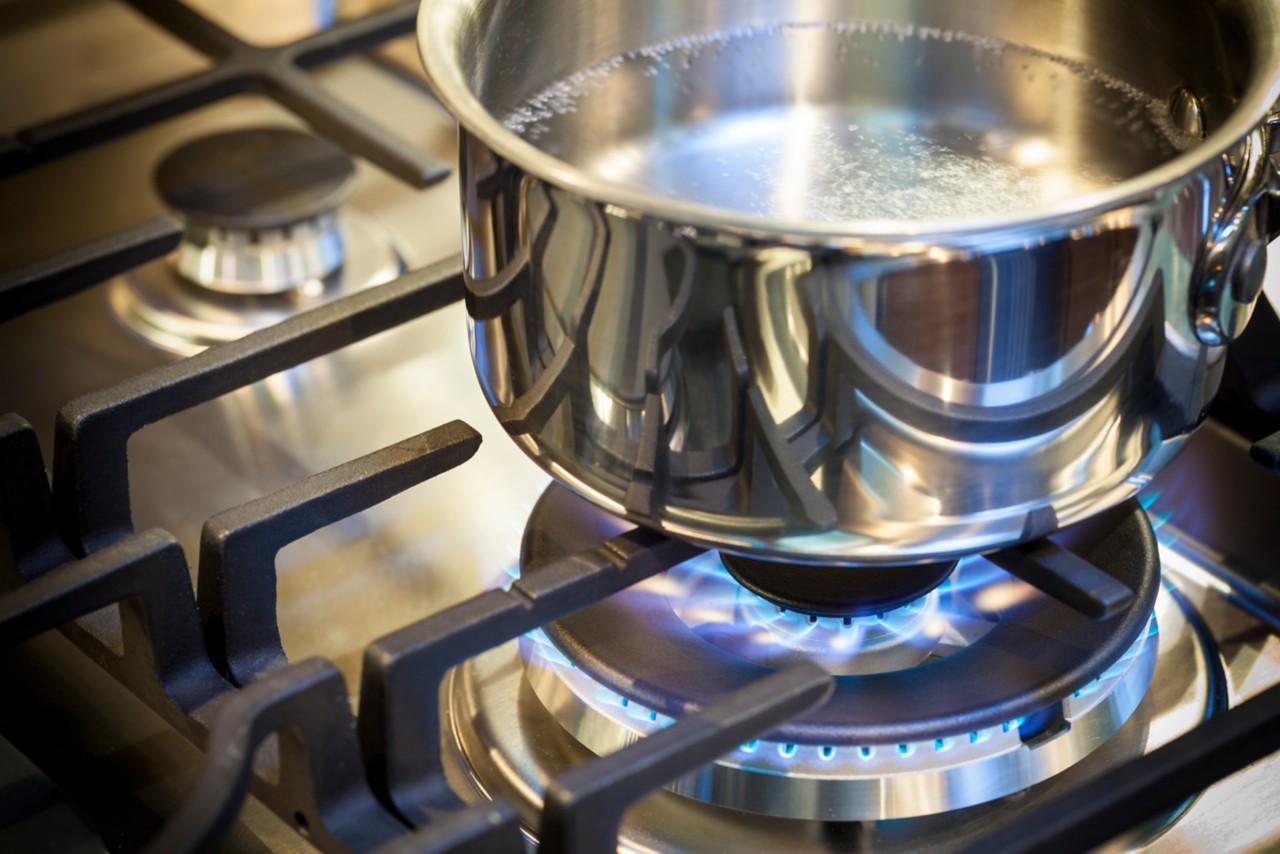
Carbon Filters.
Carbon filters, which are very common in water purification and filtration products, can reduce the concentration of chloramines in your tap water and the general taste and odor associated with chloramines and DBPs.
Carbon filter technology has come a long way since the time of the ancient Egyptians. They stored water in charcoal because they discovered the water was fresher and tasted better when stored this way.
The most common type of carbon filter in products on the market today is an activated carbon filter. This type of filter uses granular activated carbon media to reduce many contaminants and unwanted components in your water.
Less common is a more advanced form of carbon filtration, called catalytic activated carbon filtration. Pentair Water Solutions uses these types of filters in multiple solutions because catalytic activated carbon filters can reduce THMs and chloramines. In catalytic activated carbon filters, the structure of the carbon changes through different activation and manufacturing processes.
Water filter systems that are NSF-certified to reduce chlorine may not reduce chloramines at comparable levels. When choosing a water filtration system, do not assume that chlorine reduction translates to chloramine reduction. Read the specifications on any models you’re considering to ensure they reduce chloramines as well.

Water 101
Unleash the secrets of your H2O! Explore where water originates and discover the various water filtration solutions that transform it into drinkable water.

